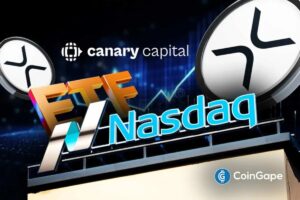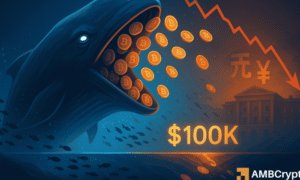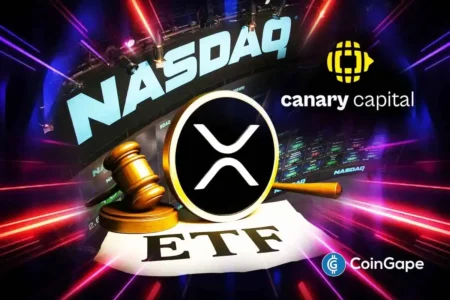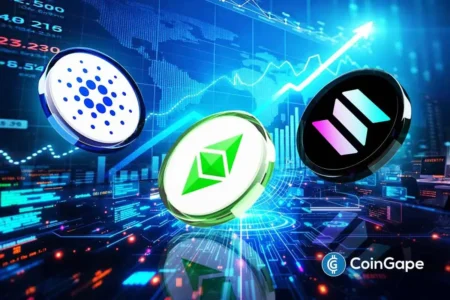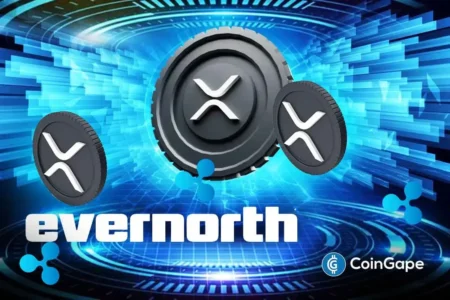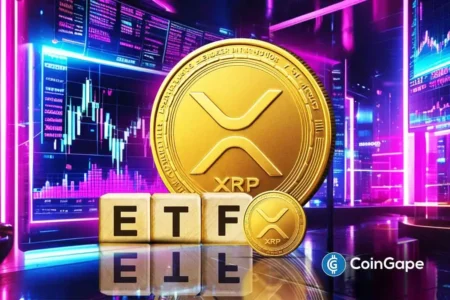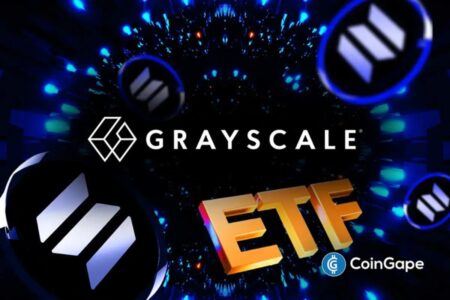Hong Kong Approves First-Ever Solana ETF in Asia, Analyst Projects SOL Price Surge to $400
In a groundbreaking development for the cryptocurrency landscape in Asia, Hong Kong has officially approved the region’s first-ever Solana Exchange-Traded Fund (ETF). This historic move comes alongside a bullish projection from analysts predicting that the price of Solana (SOL) could soar to $400. This article delves into the implications of the ETF approval for investors, the operational details of the fund, and the broader context of Solana’s market growth.
The Impact of the Solana ETF Approval
The approval of the Solana ETF by the Hong Kong Securities and Futures Commission (SFC) marks a significant milestone in the region’s financial markets. It’s a transformative opportunity that allows investors to gain direct exposure to Solana’s performance without needing to own the cryptocurrency itself. Scheduled to launch on October 27, the ETF will include 100 units per lot, with a minimum investment threshold of approximately $100. This structure makes it accessible to a wider range of investors, potentially driving new capital into the cryptocurrency market.
The management fee of the Solana ETF will be set at 0.99%, with additional custody and administrative costs reaching approximately 1%. This positions the total annual expense ratio at around 1.99%, which is competitive in the ETF market. With this milestone, the Solana ETF joins a growing line-up of cryptocurrency investment products, including ChinaAMC’s Bitcoin and Ethereum ETFs, further solidifying Hong Kong as a hub for crypto investment.
Analyst Insights on SOL Price Projections
Analysts are optimistic about the future of the Solana token, with projections suggesting that the price could reach between $300 and $400. According to a prominent crypto analyst, the current price levels for SOL are considered to be within an ideal entry point, which is below $200. This favorable risk-to-reward ratio presents traders with a compelling opportunity to capitalize on the anticipated price movements.
Given the recent growth of Solana-linked investment products, which attracted impressive weekly inflows of $706 million, this projection gains further credibility. The shift in investor sentiment surrounding Solana is evident as its total assets under management have reached a remarkable $5.1 billion, highlighting the increasing demand for SOL as a digital asset.
Competing Developments in the U.S. Market
The approval of the Solana ETF in Hong Kong comes at a time when Bitwise is making strides toward launching its own Solana ETF (BSOL) in the United States. The company recently submitted its fifth amendment to the SEC, focusing on reducing management fees to a highly competitive 0.20%. By adding staking capabilities to the fund, Bitwise aims to enhance its appeal to investors. Bloomberg analyst James Seyffart has characterized this move as slashing fees to the "bottom level from the get-go," which could potentially position Bitwise as a leading player in the U.S. crypto ETF market.
This competition in the U.S. provides a robust framework for understanding the global context of Solana’s rise. The proactive measures taken by firms to introduce Solana ETFs indicate an increasing appetite for exposure to alternative cryptocurrencies beyond Bitcoin and Ethereum.
Performance of Bitcoin and Ethereum ETFs
The market dynamics surrounding cryptocurrency ETFs offer valuable insights into potential future performance for Solana. Since its launch in January 2024, Asia’s Bitcoin ETF has seen consistent inflows and generated significant institutional interest, despite experiencing intermittent price declines. Bitcoin’s price trajectory has proven relatively stable, maintaining a largely range-bound status throughout this period.
Conversely, the Ethereum ETF, which launched in July 2024, witnessed considerable volatility during its initial trading days, recording a decline of approximately 7.8%. This disparity in performance demonstrates that while investor sentiment can be strong, volatility in the crypto market remains a pervasive factor. Understanding these dynamics can better inform prospective Solana investors about the potential risks and rewards associated with the new ETF.
Growing Ecosystem and Adoption of Solana
Beyond the realm of ETFs, the momentum surrounding Solana extends into various sectors. Recently, DeFi Development Corp announced the launch of Japan’s first Solana Treasury firm in collaboration with Superteam Japan. This initiative signifies a strengthening infrastructure for Solana-based projects, aimed at enhancing institutional capabilities in managing treasuries.
Moreover, the introduction of innovative financial products, like the Solana Edition Credit Card by Gemini, is designed to bolster investor engagement. This card allows users to automatically stake rewards for improved yield while earning up to 4% cashback in SOL on qualified purchases. These advancements serve to elevate Solana’s profile as an emerging leader in the cryptocurrency market, accompanying the anticipated influx of investments from the newly launched ETF.
Conclusion: The Future of Solana in the Cryptocurrency Landscape
The approval of the first-ever Solana ETF in Asia by Hong Kong not only represents a major leap for the cryptocurrency market but also establishes the foundation for future growth in the region. With bullish projections for the SOL price and innovative financial products gaining traction, the new ETF offers a strategic entry point for both retail and institutional investors.
As market dynamics evolve, keeping an eye on competitors like Bitwise and other emergent projects will be essential for understanding Solana’s competitive landscape. The confluence of technological innovation, increasing institutional interest, and broader financial acceptance makes Solana a captivating investment vehicle, poised for significant growth in the evolving cryptocurrency ecosystem.

